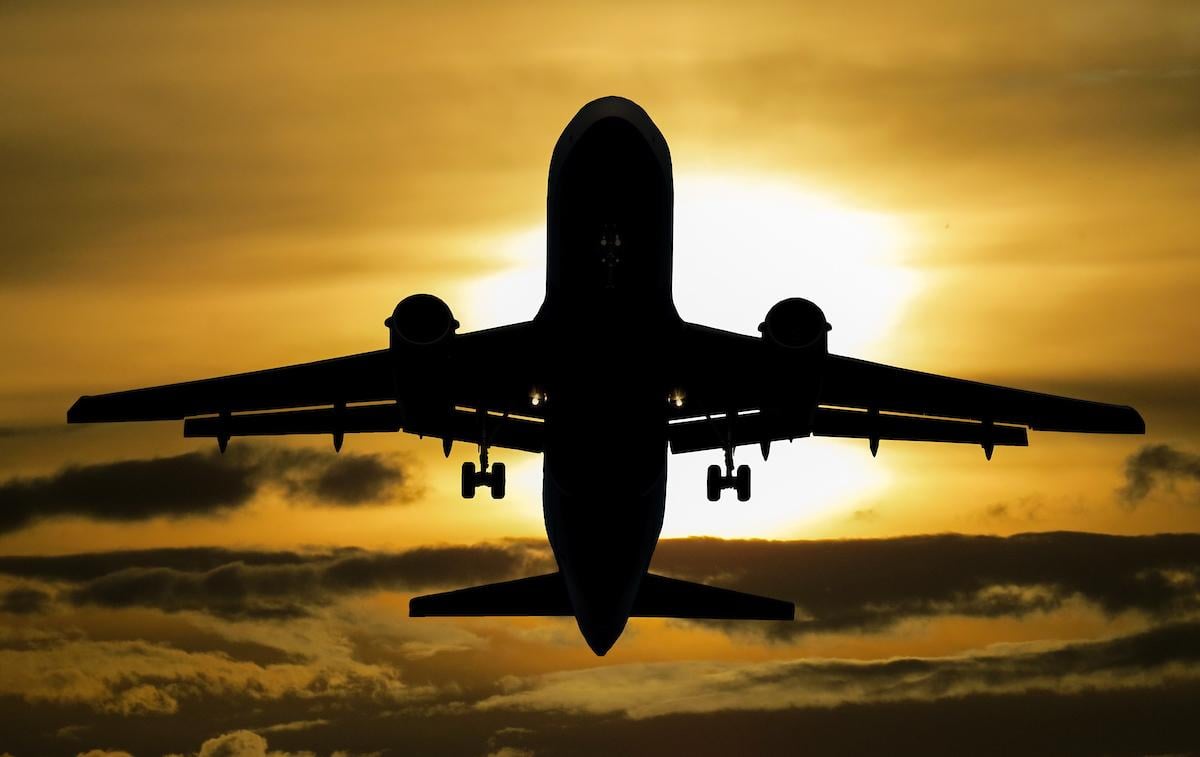
The U.S. airline industry’s “multi-year, multi-stage recovery is well underway,” with stark differences between now and the pre-pandemic years only becoming more pronounced, says advocacy group Airlines for America (A4A) in its annual “State of U.S. Commercial Aviation” report.
The report lays out key takeaways in traffic, markets, ticket sales, workforce, profitability, debt, and cargo—based on government reported statistics and data covering member airlines. ULCCs Allegiant, Frontier, and Spirit are not A4A members and are thus excluded from some measurement.
Though network carriers have been chalking up profitable results in the 2022 third and fourth quarters, the entire U.S. sector recorded $303 million in pre-tax losses through the third quarter of 2022. Revenues for the nine-month period through Sept. 30, 2022, rose a record 5% to $146 billion compared to the same period in 2019 (YO3), but were outpaced by 15% increased operating expenses of $142.8 billion. Unit costs are estimated to have skyrocketed on average by 28% Yo3, with labor and fuel the unsurprising cost culprits, clocking in at 4.93 and 4.86 CASM (in cents), respectively.
A4A reports overall passenger volume is still down 15% YO3 following the most recent peak Christmas travel period of Dec. 25-31, 2022. Atlantic and Mexico were up, but domestic (likely owing to the Southwest meltdown) and Latin America were slightly off. Canada was down 20% and Pacific, early in recovery mode, was well of the mark at minus 50%. Average domestic weekly load factors, which exceeded YO3 over summer 2022, have fallen below the 2019 levels since the Thanksgiving 2022 travel period, though they did reach parity the week of Dec. 17 at around 87%. In 2022, TSA’s 7-day average throughput dropped by 10% from 2019 levels, having peaked in July. The gap closed somewhat in September and October as new off-peak fall travel trends emerged.
The U.S. Travel Association predicts a full domestic recovery by trips in fiscal 2023 with international arrivals not forecast to reach 2019 levels until 2025.
Fare increases peaked in May 2022 at 23.4% versus 2019 but have now fallen back to earth somewhat at 18.9% as of January 2023, A4A’s analysis of Airlines Reporting Corporation (ARC) data indicates. This can be attributed to a myriad of factors, including moderating inflation in service industries and somewhat softening fuel costs.
A4A’s study revealed seven states, including those with more leisure-oriented markets, recorded higher TSA volume in 2022 vs 2019: Arizona, Florida, Idaho, Montana, South Carolina, South Dakota, Tennessee, and the Commonwealth of Puerto Rico. Four states registered dips of more than 20%: Maryland, New Hampshire, Rhode Island, and Wisconsin.
U.S. Commerce Department data indicated U.S. citizen international departures continued to rise—exceeding YO3 levels since autumn 2022 and standing at a 4% increase in January. Inbound international citizen visitors continued their climb but are still down 22% as of January. The strength of the U.S. dollar, weaker international economies, and geo-political issues are contributing to slower recoveries—particularly from Europe and Asia. International traffic between the U.S. and Latin American/Caribbean visiting friends and relatives (VFR) and leisure destinations Colombia, Mexico, and The Dominican Republic, and Costa Rica notched increased in that order in the range of 3-16%. Unsurprisingly, Asian and South Pacific markets dropped the most, with China—only recently reopened but still closed to tourist traffic—down 98.2%, followed closely by Hong Kong. Japan, Australia, and South Korea held the next three steepest drops.
The top foreign airport gateways for passengers on U.S. and foreign carriers showed a mix of Europe, Canada, and Mexico in this order: London Heathrow; Cancun, Mexico; Toronto; Mexico City; Paris Charles de Gaulle; Frankfurt; Amsterdam; Vancouver; Guadalajara, Mexico; and Los Cabos, Mexico.
Corporate traffic remains well off 2019 levels. It began 2022 down only 20% but plummeted in mid-January to a nadir of -65% as the Omicron coronavirus variant took hold. As of mid-January 2023, it is now reduced by 24%, ARC data shows. Small- and medium-sized businesses have been responsible for most of the business recovery, particularly where sales and contract travel are involved. Large businesses’ travel recovery appears to have plateaued and has been stymied by tightened budgets, ESG (environmental, social and governance), and less intra-company travel.
Globally, air cargo has taken a hit from the pandemic goods-driven boom. Though abating from its November 2021 high water mark of 30%, U.S. carriers, including FedEx Express and UPS, still enjoyed cargo traffic growth of 18% in revenue ton miles (RTMs) in the first three quarters of 2022 versus the same period in 2019, Bureau of Transportation Statistics data showed.
